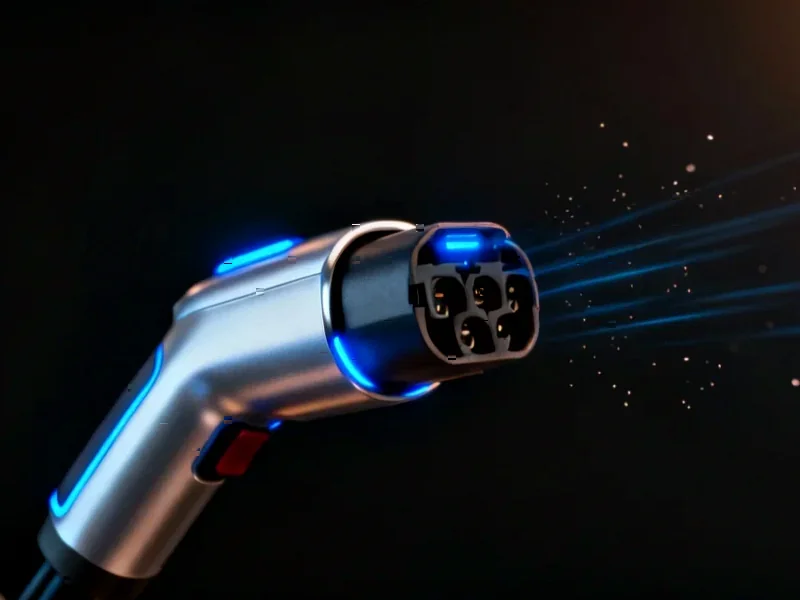Breakthrough Imaging Technology Transforms Neuroscience Research
Scientists have developed a groundbreaking multimodal microscope that simultaneously captures neural activity and blood flow dynamics across the entire mouse cortex in awake, behaving animals. This technological leap, detailed in Nature Communications, represents a significant advancement in our ability to study brain function in real-time conditions.
Table of Contents
- Breakthrough Imaging Technology Transforms Neuroscience Research
- Multiscope: A Unified Platform for Comprehensive Brain Imaging
- Innovative Engineering Solutions Overcome Historical Limitations
- Advanced Optical Design Enables Multimodal Integration
- Real-World Applications in Neuroscience Research
- Future Implications for Brain Research and Beyond
Multiscope: A Unified Platform for Comprehensive Brain Imaging
The newly developed multiScope integrates three complementary imaging modalities into a single platform: widefield calcium fluorescence microscopy for neural activity monitoring, optical-resolution photoacoustic microscopy (OR-PAM) for hemoglobin concentration mapping, and laser speckle contrast imaging (LSCi) for blood flow velocity measurement. This trifecta of technologies enables researchers to observe the intricate relationship between brain cell activity and blood supply with unprecedented clarity., according to market analysis
The system achieves remarkable specifications: a cortex-wide field of view spanning 8.6 millimeters, single-vessel resolution as fine as 7.1 micrometers, and imaging speeds reaching up to 4 frames per second. This comprehensive approach allows scientists to track both fast neural signals and slower hemodynamic responses simultaneously across large brain areas., according to additional coverage
Innovative Engineering Solutions Overcome Historical Limitations
The development team faced significant technical challenges in creating a system that could perform high-speed, high-resolution imaging without damaging living tissue. Traditional rotary scanning methods suffered from inherent oversampling problems, particularly in central regions where excessive laser pulses could cause thermal damage.
The breakthrough came through a compound strategy combining ultrafast laser modulation, adaptive vascular excitation, and deep-learning-based sparse sampling reconstruction. By intelligently disabling laser pulses in oversampled regions and non-vascular areas, the system reduces average power density by 34% while maintaining image quality., according to industry developments
This approach eliminates thermal damage during long-term imaging sessions, a critical requirement for studying awake animals over extended periods. The system can continuously image for over 30 minutes without causing tissue damage, even at high speeds., according to recent research
Advanced Optical Design Enables Multimodal Integration
The engineering team developed a sophisticated infinity-corrected rotary scan engine that makes OR-PAM compatible with widefield imaging modalities. Unlike conventional systems that use single objectives or telecentric scan lenses, the multiScope employs a pre-objective design with galvanometer/MEMS scanners, scan lenses, tube lenses, and objectives., according to market trends
This innovative architecture minimizes water damping forces during acoustic scanning while maintaining optical performance. The system occupies a footprint comparable to conventional upright microscopes (60×80×110 cm), making it practical for laboratory use.
The optical path cleverly separates fluorescence and speckle signals using dichroic mirrors, with each pathway containing bandpass filters, tube lenses, and scientific CMOS cameras. An additional reflectance channel under green illumination (522 nm) provides hemodynamic correction for fluorescence signals., as additional insights
Real-World Applications in Neuroscience Research
The research team validated their system through experiments on transgenic mice expressing GCaMP6f calcium indicators in cortical neurons. The multiScope successfully captured whole-cortex neural activity, blood vessel architecture, and cerebral blood flow velocity in awake mice during various behaviors including rest, running, and grooming.
In one compelling demonstration, researchers used the system to study neurovascular coupling during anesthesia induction and electric shock-induced epilepsy. The ability to simultaneously track calcium dynamics, hemoglobin concentration, and blood flow velocity during these events provides unprecedented insights into how neural activity regulates blood supply in the brain.
The system’s high temporal resolution (4 Hz for OR-PAM, 16.6 Hz for widefield imaging) enables researchers to capture rapid physiological changes, while the large field of view ensures context isn’t lost to limited observation areas.
Future Implications for Brain Research and Beyond
This technological advancement opens new possibilities for understanding brain function in health and disease. The ability to simultaneously monitor neural and vascular activity in awake, behaving animals provides a more complete picture of brain physiology than previously possible.
The multiScope platform represents a significant step toward comprehensive brain mapping and could accelerate research into neurological disorders, stroke, epilepsy, and neurodegenerative diseases. The integration of multiple imaging modalities in a single system reduces experimental complexity while increasing data quality and reliability.
As neuroscience continues to unravel the mysteries of brain function, technologies like the multiScope will play an increasingly important role in bridging the gap between cellular activity, vascular dynamics, and behavioral outcomes.
Related Articles You May Find Interesting
- Unlocking the Brain’s Predictive Power: How 7 Tesla fMRI Reveals Our Body’s Inte
- Breakthrough in Flexible Temperature Sensors Combines Peano Geometry with Nanotu
- Unlocking Early Human Development: Advanced Imaging Reveals Hidden Mitotic Error
- Breakthrough Temperature Sensor Mimics Human Skin Sensitivity for Smart Comfort
- Cyprus Emerges as Global Earth Observation Powerhouse Through €38M Innovation Hu
This article aggregates information from publicly available sources. All trademarks and copyrights belong to their respective owners.
Note: Featured image is for illustrative purposes only and does not represent any specific product, service, or entity mentioned in this article.



